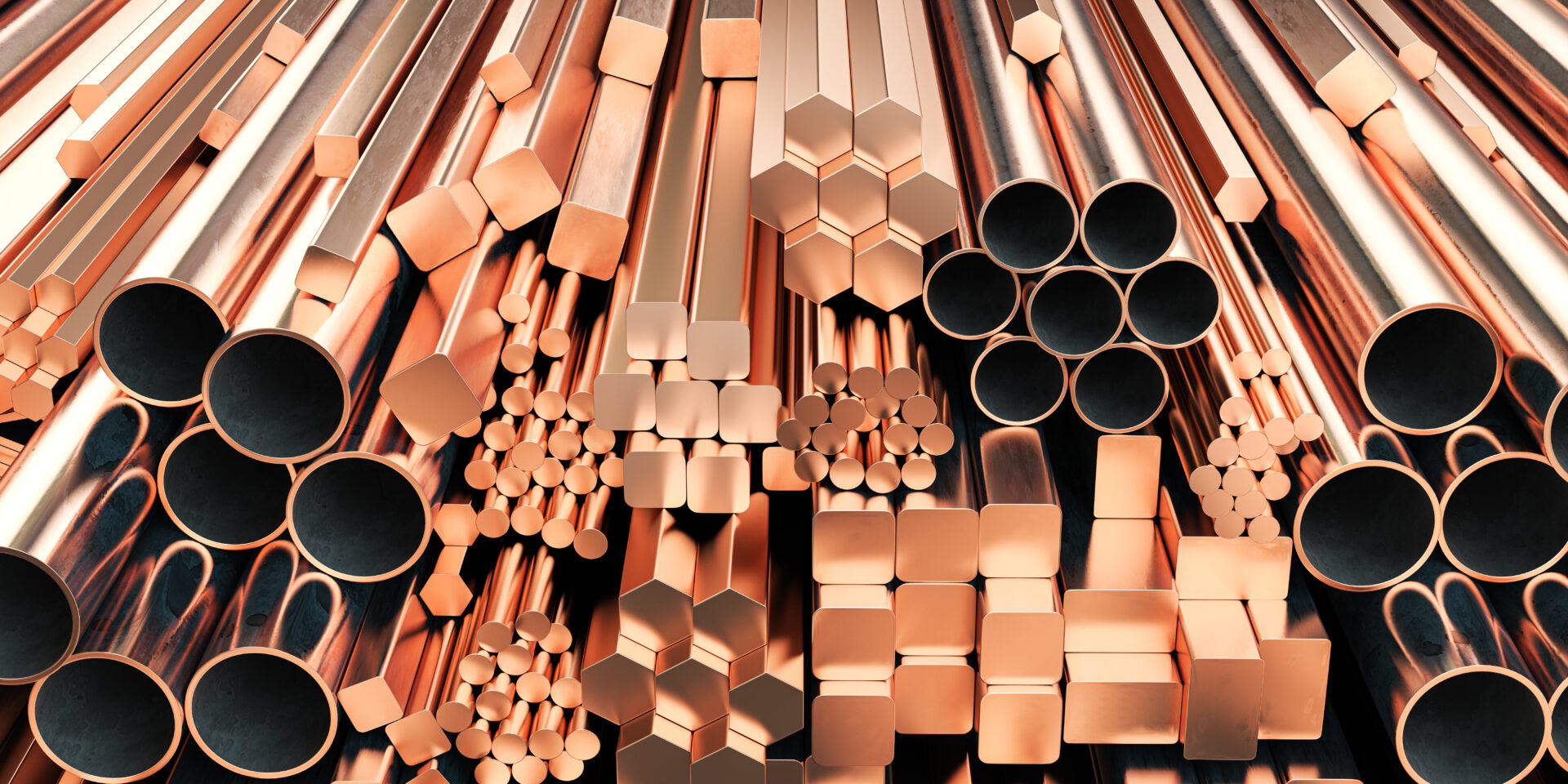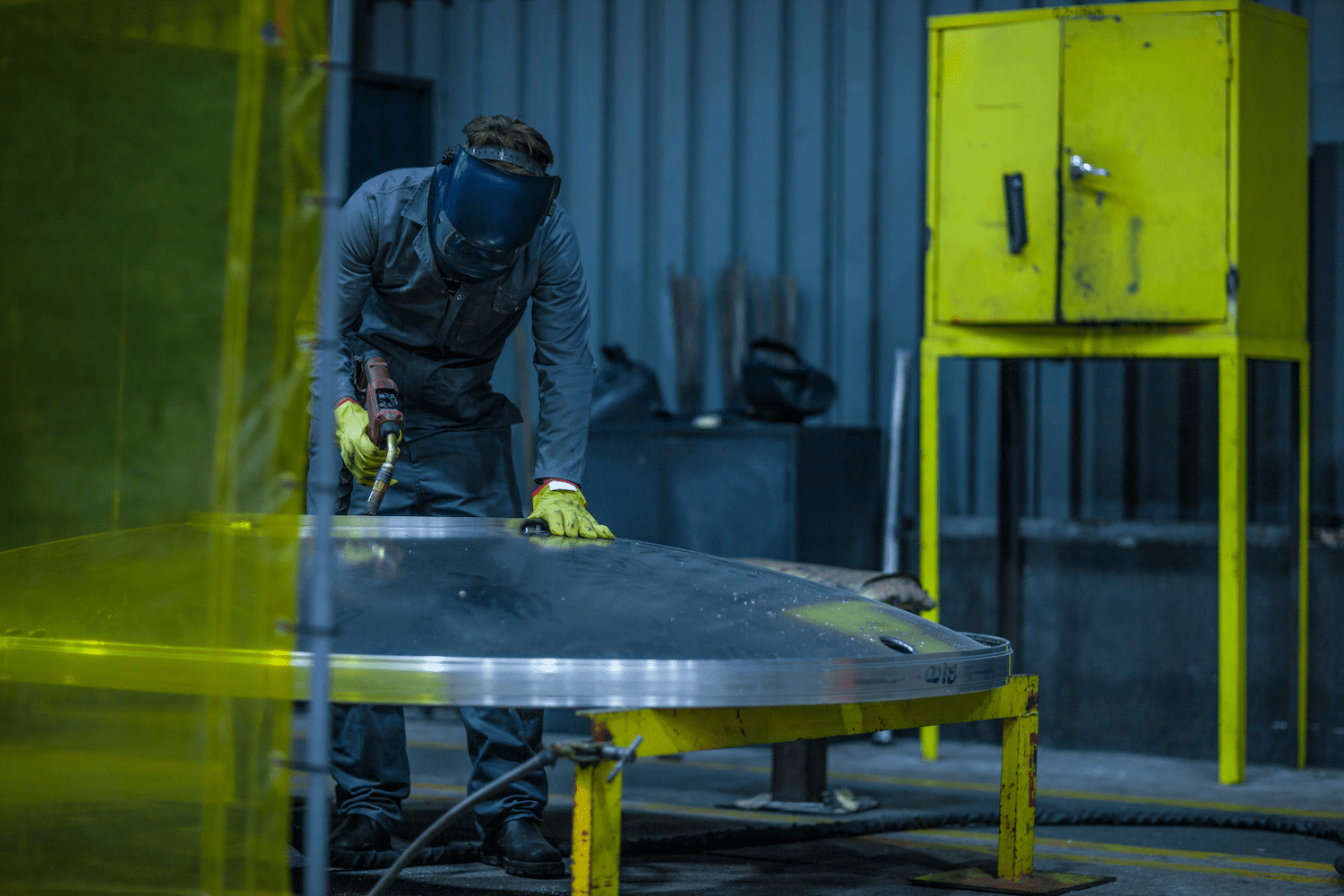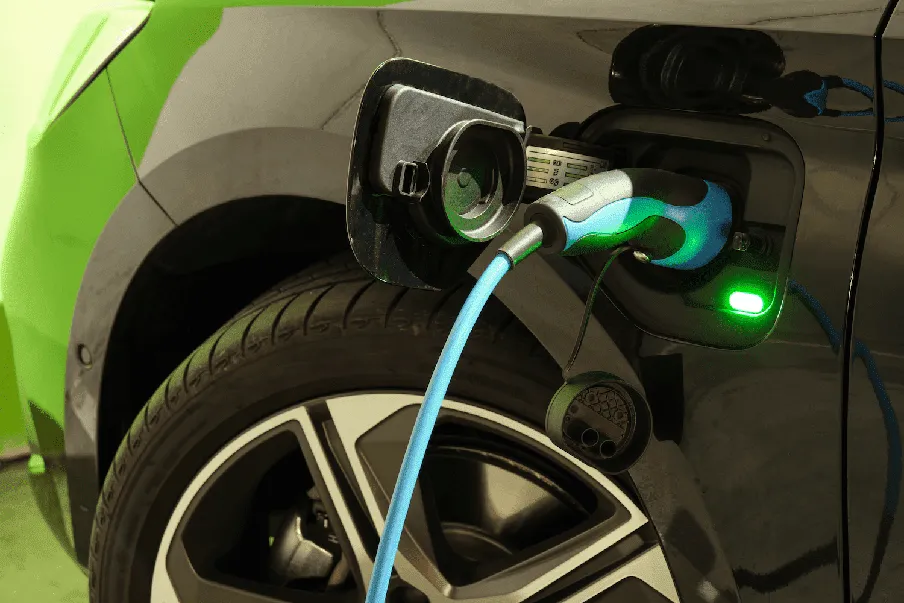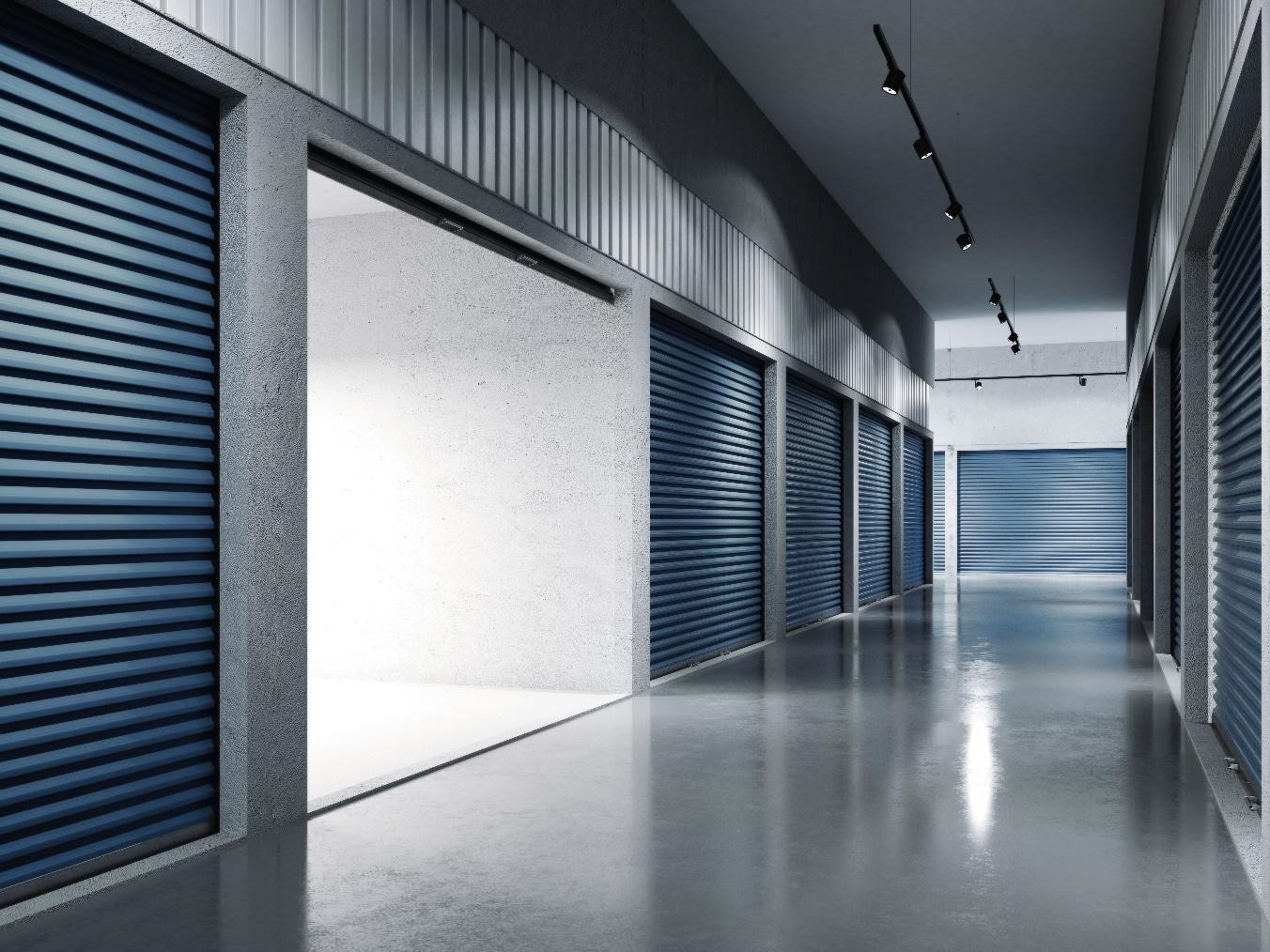
Increasingly, we’ve become a nation that loves our homes, our apartments – and our self-storage facilities.
Today, more and more Americans are renting space in storage facilities, which have become a booming industry, particularly in large metro areas. There’s an estimated 2.6 billion square feet of self-storage across this nation, according to the Self-Storage Association, which amounts to 8.1 square feet per person.
The Rise In Storage Facilities
Studies indicate people are renting these units for longer periods of time – a pattern that’s been dubbed a “sticky situation” because of their “stickiness” attachment to the items they’ve placed in there, that they simply don’t want to part with.
And as those items sit inside those storage units, not being used, owners might want to stop by and take another look at what they own. Within those units are likely to be something that holds value for them, for manufacturers, and for our economy: scrap metal.
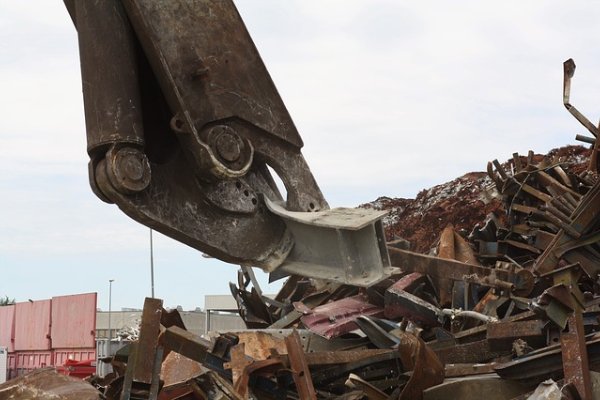
The recycling of scrap metal offers a solid boost to both our economy and our environment. Using recycled metals enables manufacturers to hold down the cost of creating new products, and recycling scrap also offers a significant boost to our environment, since it means we don’t need to mine for virgin ore to create new metals.
Have you checked lately to see if you’ve got items containing metal in your storage unit?
Why Are Self-Storage Units Popular Today?
Self-storage facilities have become a $35 billion industry, with one in 11 Americans paying an average of $87 per month to use self-storage to cover what overflows from where they live.
Who is Using Them?
SquareFoot, a company that tracks the self-storage industry, says renters include people relocating and storing older gear, millennials moving into smaller apartments and lacking space for their belongings, and a wave of Baby Boomers downsizing who need a place to put a lifetime of accumulated memories.
It also includes small businesses that want room to store excess inventory.
The “Four D’s” Of Off-site Storage
The self-storage industry says there are typically “four Ds” that explain why people opt for self-storage units. These four major life events include:
- Divorce
- A death in the family
- Downsizing your home or apartment
- And dislocation, such as a job loss.
The bottom line is these people are experiencing a significant change in their lives. And as long as the Four Ds continue impacting people’s lives, there will continue to be demand for self-storage units.
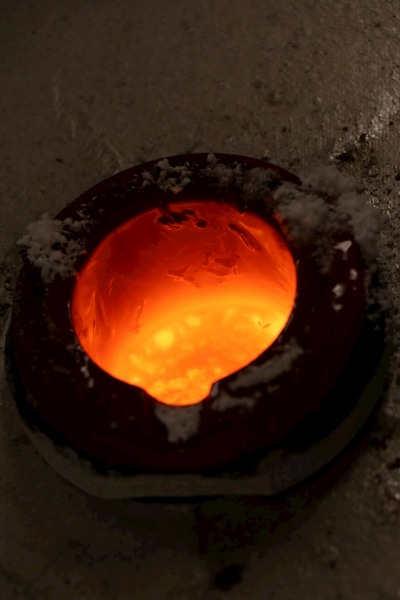
This Mountain of Valuable Junk is Climbing
As a result, these facilities are responding to that marketplace demand, and either expanding or building new facilities. The market research firm IBISWorld noted that with revenue in the self-storage industry reaching $35.8 billion last year, urban areas are witnessing an explosion of new facilities, particularly in large cities like Chicago, where space comes at a premium and is often limited for some renters and homeowners.
And builders of new storage facilities are often looking for large spaces to construct in. In Athens, Georgia, a former Piggly Wiggly grocery store was renovated as a two-story, climate-controlled self-storage facility, and the company’s long-term plans for the five-acre site includes the construction of six other storage buildings, arranged in four rows, totaling 82,000 square feet of storage space.
Where are new Storage facilities being built?
In March, Safeguard Self Storage opened a new facility in Miami, the company’s 14th facility in Florida and its 74th nationwide. The company now has 849 units in 62,725 Rentable Square Feet of storage space. And these modern facilities include amenities like air-conditioning, drive-up access, a drive-in loading area, computer-controlled access to the building, and individual unit door alarms.
In fact, self-storage facilities have become profit centers for South Florida investors and developers. The Colliers International commercial real estate firm has tracked 220 self-storage facilities in Palm Beach, Broward and Miami-Dade counties, with at least a dozen having been built and opened in 2016 and 15 to 20 new ones getting built every 16 to 18 months.
Market observers say the reason for the busy construction schedule is simple: supply, they note, is nowhere near demand in the tri-county region, which has plenty of downtown renters and condo owners in need of more room for their belongings.
The Hidden Impact Of The Real Estate Market
This has become true for a lot of major cities, where a booming economy has created a very hot real estate market, one where homebuyers and renters often have to settle for less space because of the limit on what’s available.
And it’s become obvious that for a lot of people, as they settle into smaller spaces, they just don’t want to get rid of some of their belongings. They just can’t let go of it. The rising demand for storage space could almost be seen as a loud cry for more space in a shrinking environment.
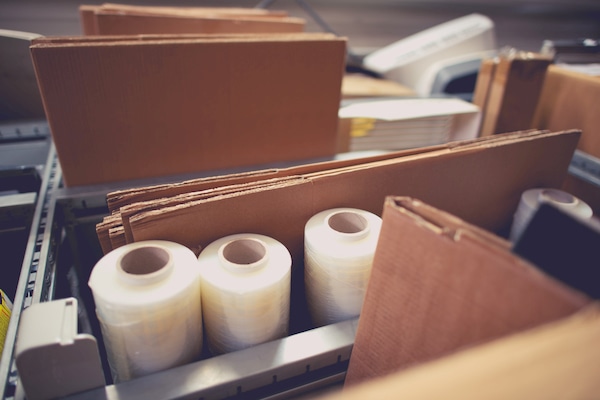
But sometimes letting go of items packed into storage can be a good thing – particularly if some of those items can actually put money in your pocket. That’s certainly the case with any items containing metal.
Why Is Scrap Metal Recycling in Demand Today?
Today, there’s a growing need for scrap – with both environmental and economic benefits.
From an environmental perspective, recycling scrap keeps it out of landfills, where the toxic chemicals inside those metals pose threats to the soil, groundwater, wildlife and even our health. It also helps preserve our natural resources if we recycle scrap rather than drill to find virgin ore, which uses considerably more electricity and water. And it’s a process that can be counterproductive, since ore is a finite resource.
Scrap and Metal Recycling
Recycling scrap is a smarter alternative. The recycling industry has been growing and has created jobs across the nation. Scrap metal can be used to help make new products that contain metal – everything from smart phones to newly constructed roads, bridges and buildings. This helps hold down the cost of the manufacturing process.

So it’s worth checking out your storage facilities, and looking to see what you have, and no longer want, that contains metal. By bringing those items to a recycling firm like GLE Scrap Metal, you can put cash in your pocket while contributing to a healthier environment.
Conclusion
A strong economy and a tight housing market means more people are settling for smaller space to live in – which is why demand for self-storage facilities is going up so quickly. The private market is responding by building bigger and more expansion storage facilities. For those who do have a sizable number of items in a storage facility, it’s worth their time to go through it and see what they have that can be taken to a recycling firm like GLE Scrap Metal.
GLE Scrap Metal performs environmentally-friendly processing and recycling of all base and precious metals. This family-owned and operated business will purchase, process, and re-integrate all recyclable base metals, which are supplied to domestic mills and global end-users to be transformed into new products.
GLE Scrap Metal also strives to utilize natural resources and help conserve energy.
To learn more, call GLE Scrap Metal at 855-SCRAP-88 and request a quote.

